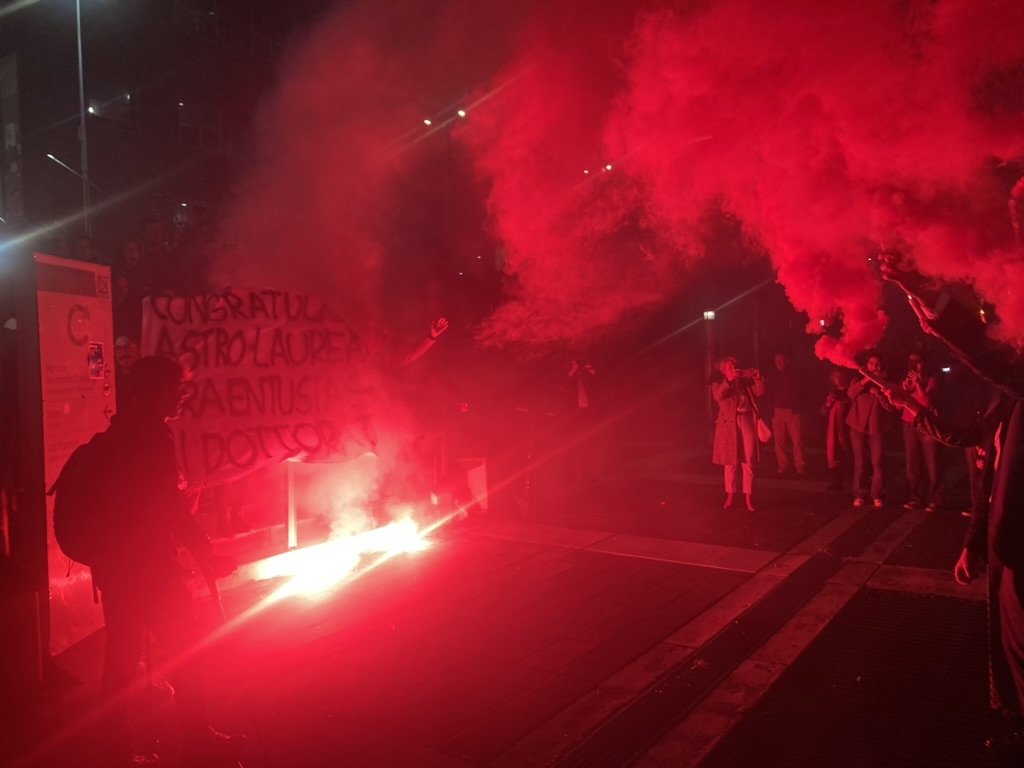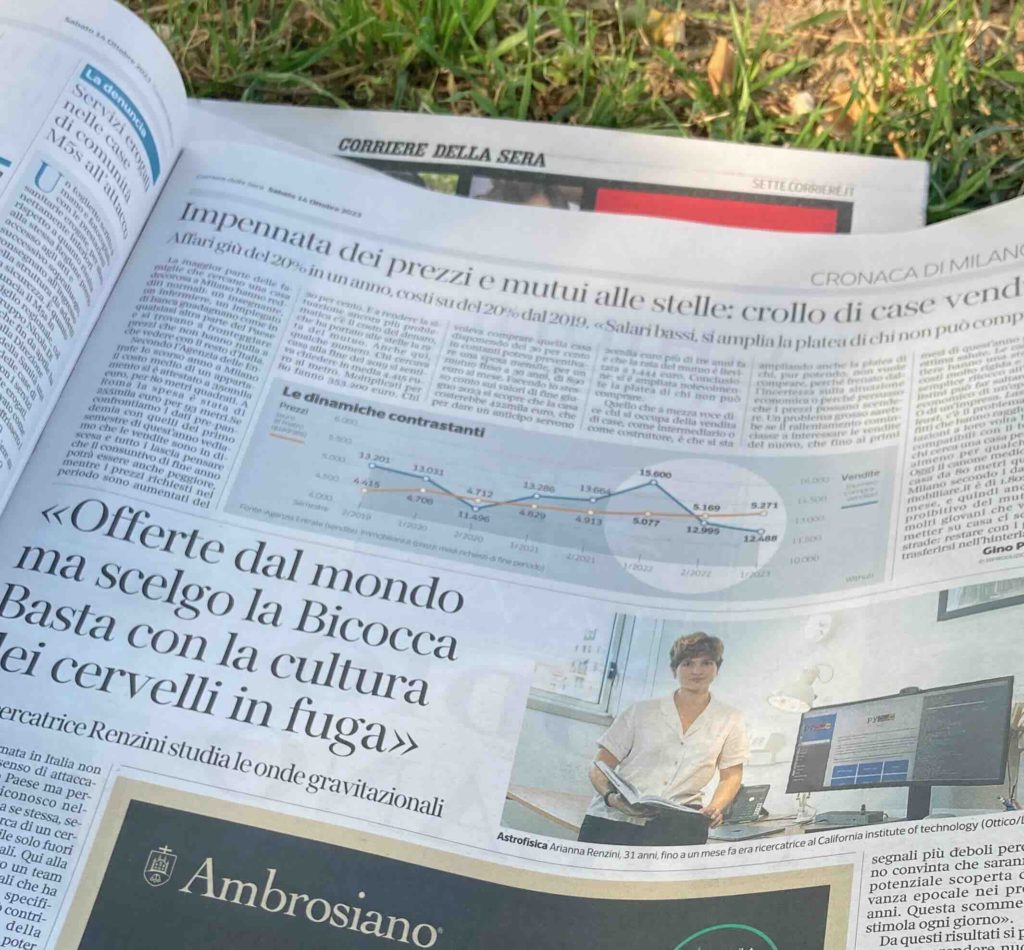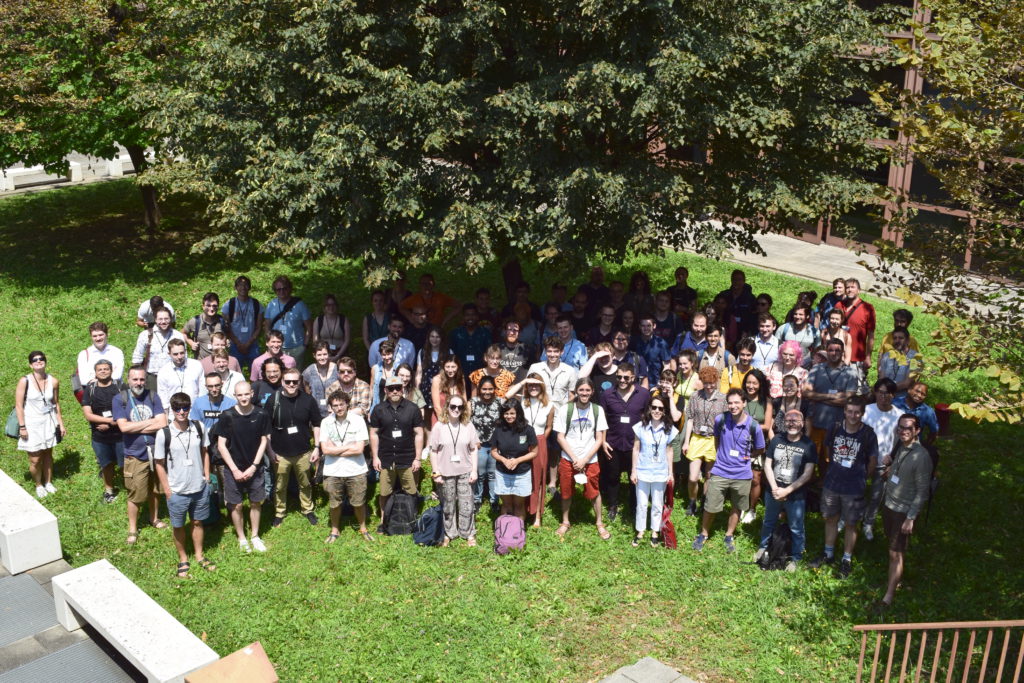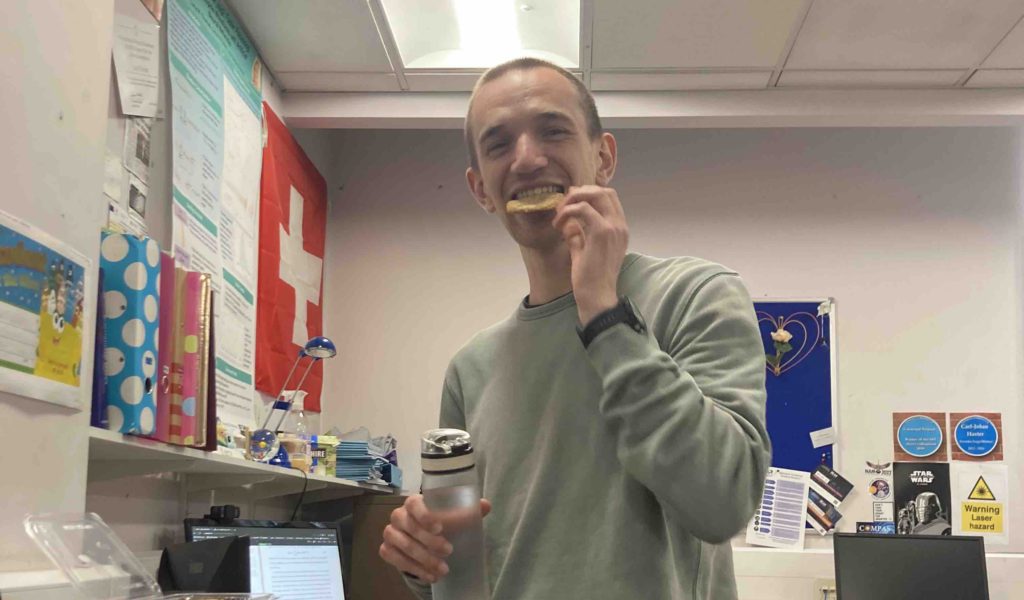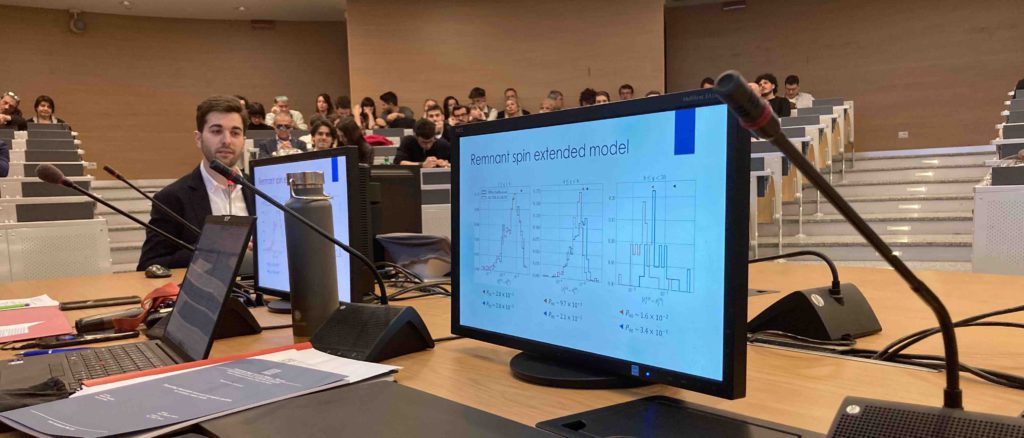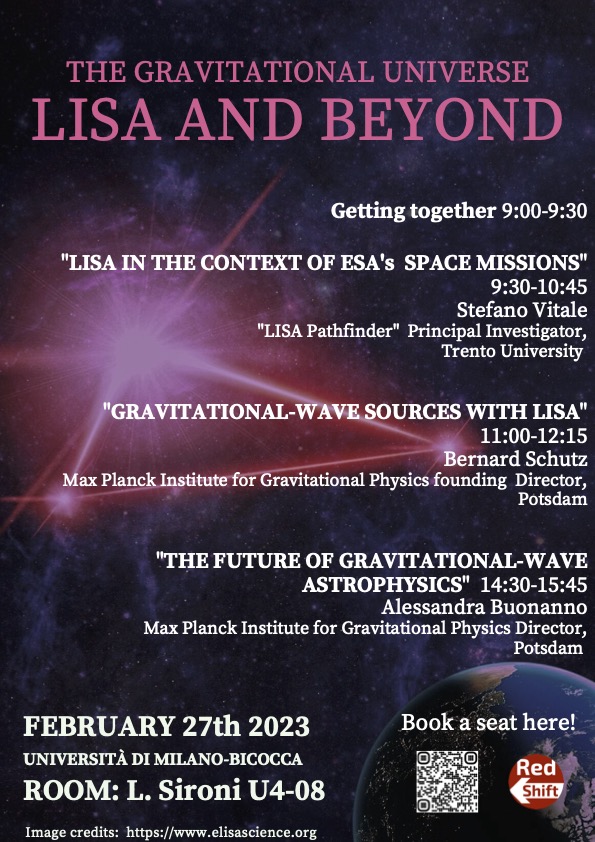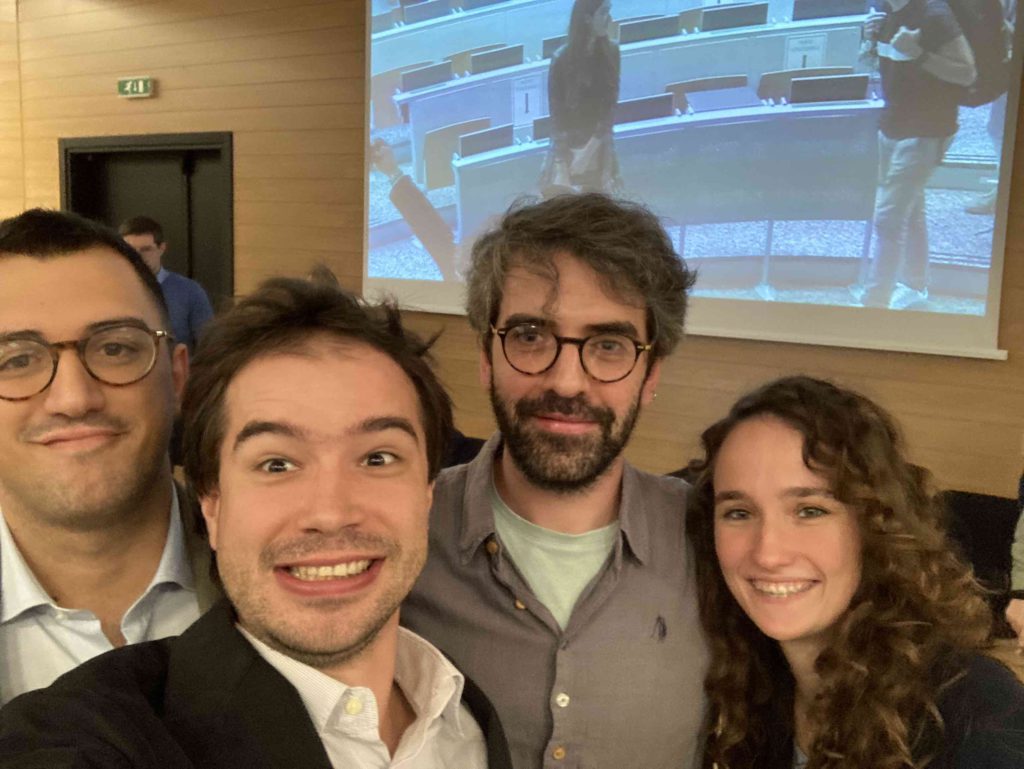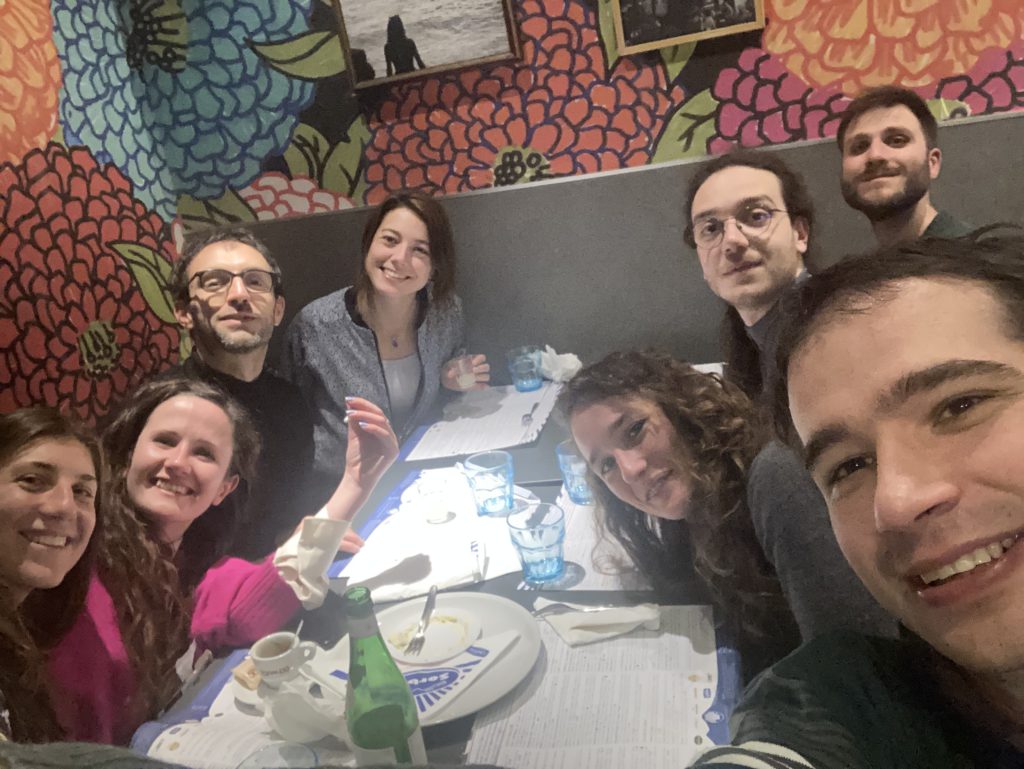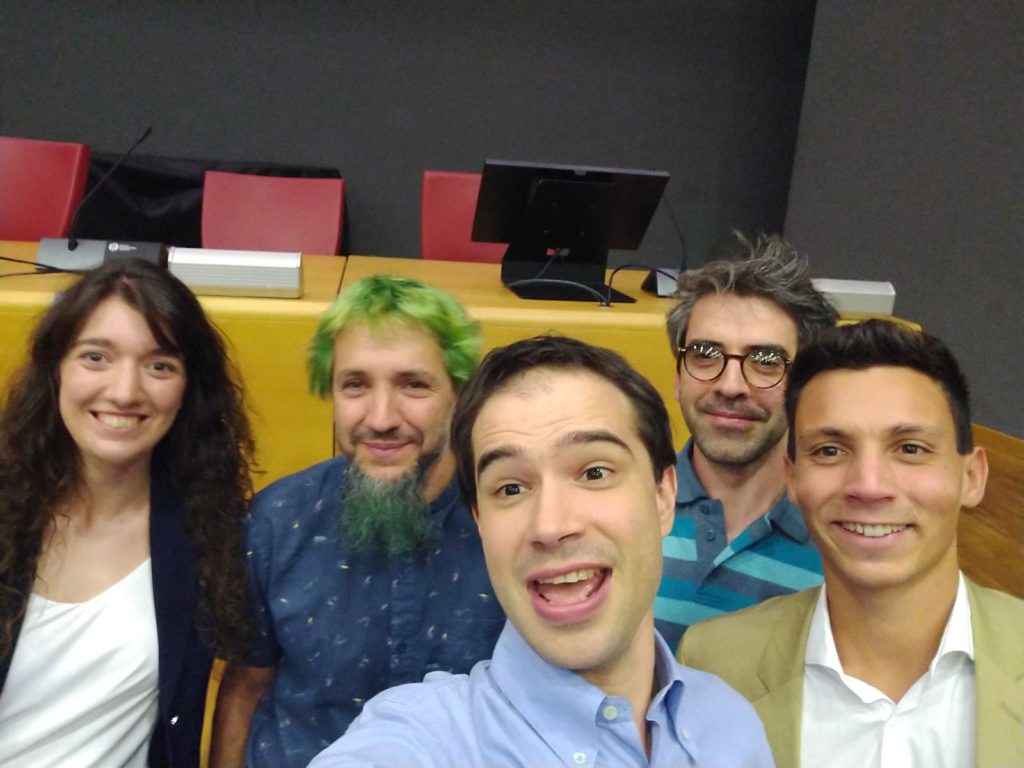The University of Milano-Bicocca (Italy) invites expressions of interest for postdoctoral positions in gravitational-wave astronomy.
Successful candidates will join the group of Prof. Davide Gerosa and will be part of the “GWmining” project funded by the European Research Council, with additional support from national grants. Targeted investigations focus on the astrophysical exploitation of gravitational-wave data. We are particularly interested in candidates with expertise in population-synthesis simulations of compact binaries, gravitational-wave parameter estimation and population studies, as well as applications of statistical and machine-learning tools to gravity (although we are open to all candidates with a strong gravitational-wave and/or high-energy astrophysics background!). Candidates will have ample opportunities to kickstart new projects with group members and will be strongly encouraged to develop their own independent research lines.
We anticipate awarding up to three positions. Appointments will be for 2+1 years and come with a generous research and travel budget. The starting date is negotiable.
The astrophysics unit at Milano-Bicocca provides a vibrant environment with expertise covering all aspects of gravitational-wave astronomy, relativistic astrophysics, and numerical relativity, as well as a wider astronomical context including observational and experimental activities. The group has tight connections with the LISA Consortium, the Virgo Collaboration, the Einstein Telescope Observational Science Board, the Italian National Institute for Nuclear Physics (INFN), and the Italian Center for Supercomputing (ICSC). Faculty members with matching interests include Gerosa, Sesana, Colpi, Giacomazzo, and Dotti. For more information on Gerosa’s group see https://davidegerosa.com/group
Milan is a beautiful, international city in the north of Italy with history, art, and outstanding food. Mountains and lakes are just around the corner.
Successful candidates will have a PhD in Physics or related discipline, strong programming skills, and previous experience in gravitational (astro)physics. Applications should include a CV with a list of publications and a two-page statement covering research interests and plans. These should be sent by November 15th, 2023 using this web form:
https://forms.gle/hnQc3N1xh53YAziH9
Candidates should also arrange for at least two, but preferably three, reference letters to be sent using the same form by November 15th, 2023.
We strive to build a diverse and inclusive environment and welcome expressions of interest from traditionally underrepresented groups.
For inquiries please do not hesitate to contact Davide Gerosa at [email protected]

